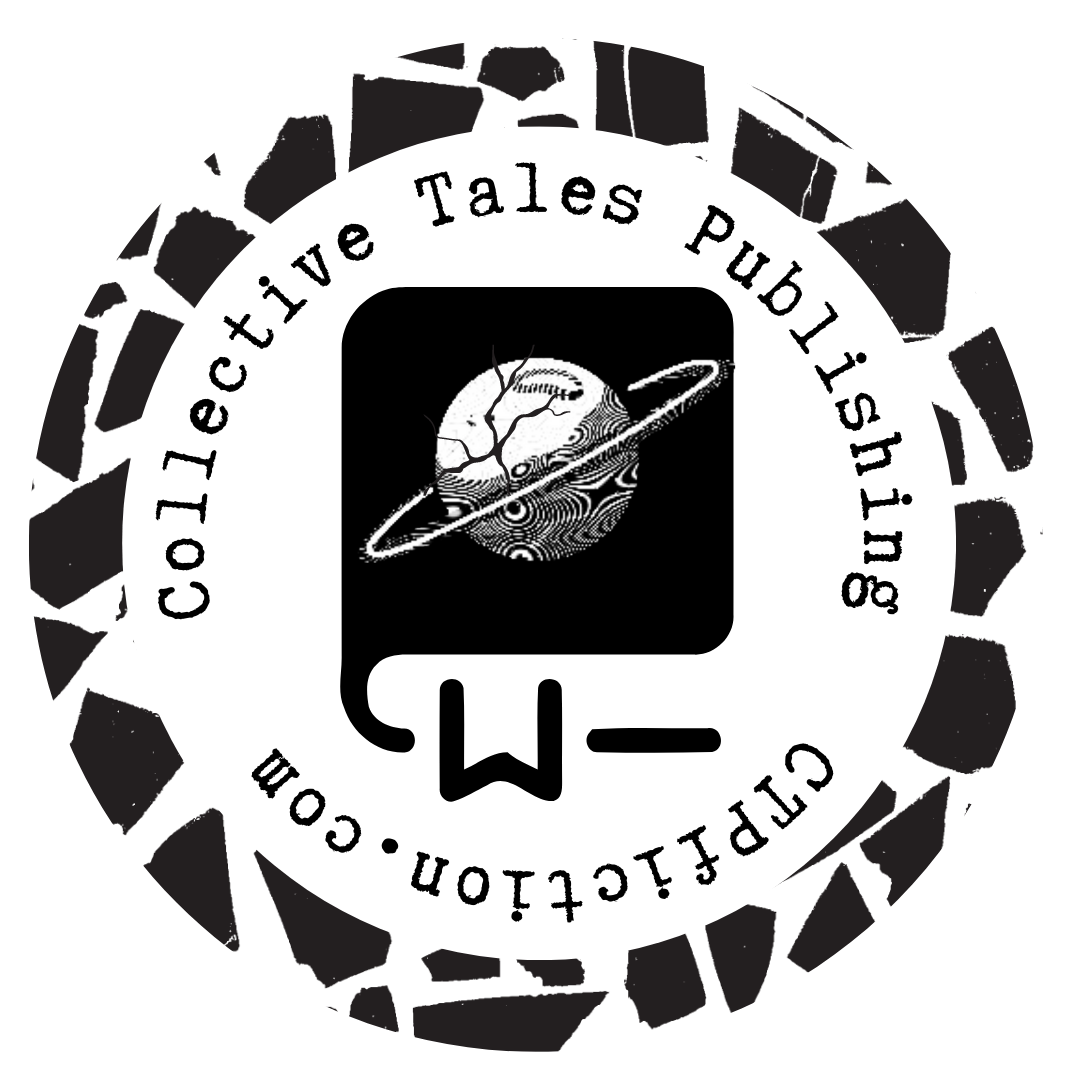Stress Responses in Writing
By Teasha Lynn
People react to stressors differently, and so should your characters. Knowing the psychology behind stress response can help make your character’s responses more believable and diverse. Understanding the Fight, Flight, Freeze, Flop, or Fawn theory is the best place to start. This theory focuses on how the brain and body react to a threat or stressor. There are four different categories that a character’s responses can fall into:
Fight means a character is prepared to respond to a threat with aggression.
Flight means the character will try to abscond from the problem.
Freeze will lead to the character being unable to react to the tension. This can vary from being rendered immobile to passing out completely.
Flop is relatively new. It is very similar to freezing, as the character is unable to their current situation. But instead of the character tensing their body will become extremely loose. The character will not feel pain as vividly and their brain will likely shut down.
Fawn is a relatively new addition to this theory. When your character reacts this way, they will try to avoid a conflict by giving in to or pleasing the other person.
As a writer, you should make sure the reaction suits your character. When your character chooses to fight or flee, they will prepare for physical activity. But when they are freezing for fawning, there will be a more psychological response involved.
For example, if a character is preparing for battle or running away, their muscles will become tense, and their heart rate will increase. But when a character is freezing or fawning, the opposite will happen, their muscles will relax, and their heart rate may drop significantly. Psychologically, where your character’s focus is will change. A fighting/fleeing character will have erratic thoughts and focus intently on the immediate problems. Whereas a fawning/freezing character will be more introspective and deliberate in their thoughts. A character that is flopping will have distant, unclear thoughts. Knowing and using these differences can add realism to your characters. Thus, making it easier for your reader to relate and sympathize with your character.
Deciding Which Response to Use
Deciding early on how your character will respond to different challenges is important. The best way to decide this is to know your character’s past. You may choose to hide this past from the reader, but it will be advantageous to know it in detail. In my writing, I keep a list of my characters and their mental state. Included on this list are: how the character grew up, what their family life was like, their career path, and the state of their relationships at the start of the story. These things are vital in the development of the character’s personality.
One key thing to consider is the potential trauma your character may have faced in the past. This will greatly change which type of reaction your character will have to adversity. It is well known in the therapy world that trauma and abuse can change the brain greatly. Trauma will lock the brain into a response type that worked during the traumatic event, even if it is not warranted in the current situation.
An example of this is a character that grew up having to battle their whole life. They will be tempted to brawl during a troublesome diplomatic discussion. The discomfort this character might be feeling would show in an aggressive tone or physically lashing out. But a character who has talked their way out of difficult situations in the past will try to fall back on that, even when a scuffle is inevitable. This could show in a character making a deal that has an obvious negative impact on them to avoid a conflict. A character who has not dealt with a lot of stress will be unable to handle it, meaning they will flop.
The type of attachments your character has can also impact your character’s reaction to hardship. A character who has strong solid attachments to other characters will be more secure. This security will lead them to be more confident and flexible in how they handle situations. A loner character will not have this social network to fall back on. Because of this, they will be more rigid in how they deal with conflict; they will stick to what they know works.
Knowing the mindset of your characters goes a long way in making them more relatable. I have found that the more relatable you can make your character, the more impact your plot elements will have. You can create an amazing horror element that will be dampened if your protagonist doesn’t react to it. Human beings are emotionally driven creatures. If you can tap into that, you can truly immerse your reader in your tales.
Teasha Lynn
Teasha Lynn is new to the writing world. This will be her first publication Since childhood, she has had a great passion for literature. Now, she is taking a risk to find a career within her life-long love. When she is not building her skill as an author, she finds joy in video games and the outdoors. She grew up in an extremely close-knit family. Teasha is dedicating her first published work to her two little sisters-Ceysha Maree, and Alee Ahn. It is through their unconditional love that Teasha found the courage to chase her dreams.



